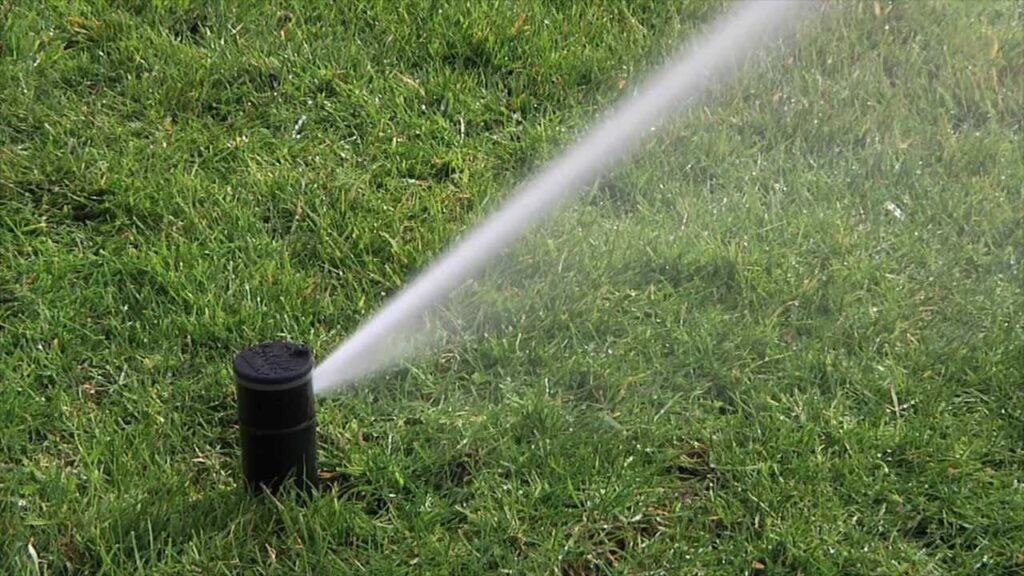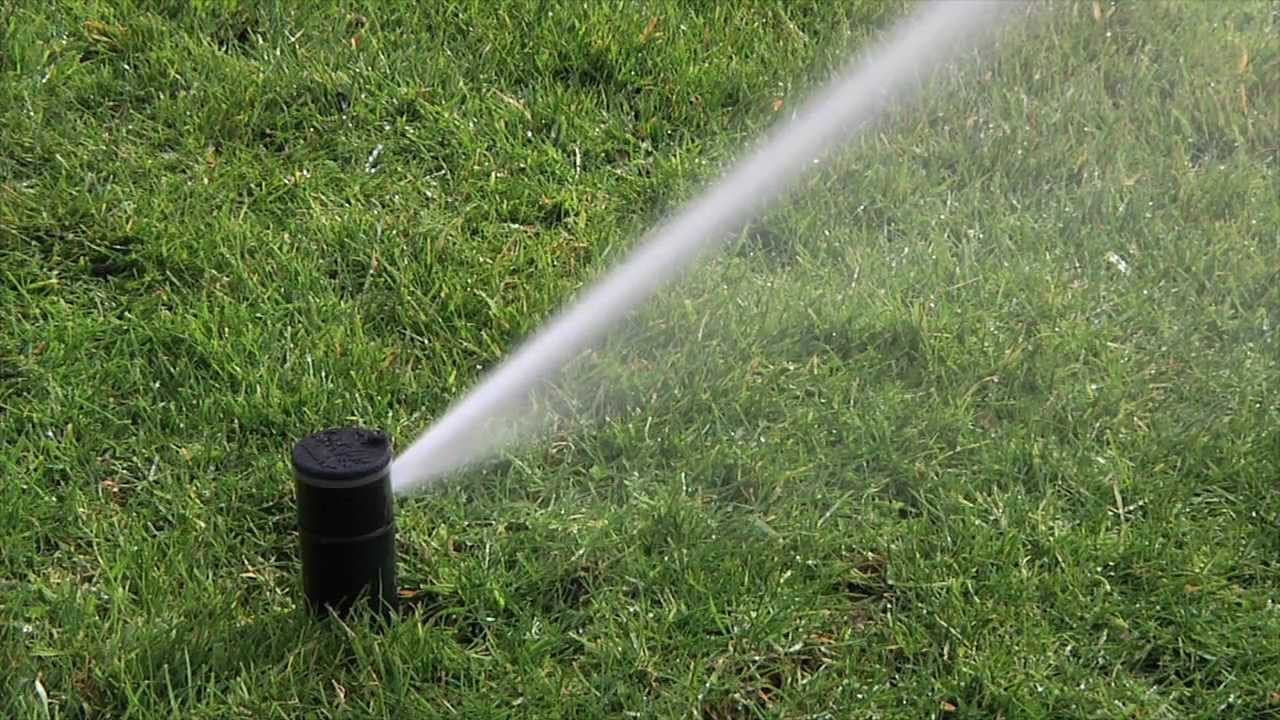
Get the Most from Your Irrigation System: A PGP Rotor Pressure Guide
Maintaining a healthy and vibrant landscape requires more than just planting seeds and hoping for the best. A well-designed and properly functioning irrigation system is crucial, and at the heart of many such systems lies the PGP rotor. This guide delves into the intricacies of maximizing the performance of your irrigation system, specifically focusing on the PGP rotor and the critical role pressure plays in its efficiency. Understanding and managing pressure is key to ensuring your landscape receives the right amount of water, leading to healthy growth and conserving this precious resource. This article will serve as your PGP rotor pressure guide, providing actionable insights and expert advice.
Understanding the PGP Rotor
The Hunter PGP rotor is a widely recognized and trusted name in the irrigation industry. Known for its robust design and consistent performance, the PGP rotor is a gear-driven sprinkler head designed to deliver water over a large area with a rotating stream. Unlike static spray heads, rotors offer greater coverage and efficiency, making them ideal for lawns, gardens, and other expansive landscapes. The PGP rotor’s popularity stems from its reliability, adjustability, and ability to handle varying water pressures.
The PGP rotor is more than just a sprinkler; it’s a precision instrument that needs optimal conditions to function correctly. The rotor’s internal gears, nozzles, and other components are designed to work within a specific pressure range. Deviations from this range can lead to a variety of problems, from poor water distribution to premature wear and tear. Therefore, understanding and monitoring pressure is paramount for any homeowner or professional seeking to get the most from their irrigation system.
The Importance of Pressure in Irrigation Systems
Water pressure is the driving force behind a successful irrigation system. It’s the energy that pushes water through the pipes, nozzles, and ultimately, onto your landscape. The ideal pressure for a PGP rotor, like most rotors, is typically within a specific range, often indicated by the manufacturer. Operating outside this range can significantly impact the rotor’s performance. Too little pressure results in a weak stream, reducing the throw distance and leading to uneven watering. Too much pressure, on the other hand, can cause misting, runoff, and even damage to the rotor itself.
Proper pressure ensures that the PGP rotor delivers water efficiently and effectively. It allows the sprinkler to achieve its designed throw distance, providing uniform coverage across the designated area. This uniformity is critical for preventing dry spots and overwatered areas, promoting healthy plant growth and conserving water. Regular pressure checks and adjustments, as outlined in this PGP rotor pressure guide, are crucial for maintaining optimal performance.
Identifying the Ideal Pressure for Your PGP Rotor
The ideal pressure for your PGP rotor isn’t a one-size-fits-all number. It depends on several factors, including the specific model of the rotor, the size and type of nozzles installed, and the overall design of your irrigation system. The manufacturer’s specifications, usually found in the product documentation or on the rotor itself, provide the recommended pressure range. This range is typically expressed in pounds per square inch (PSI).
To determine the ideal pressure, consult the documentation for your PGP rotor model. This will provide the specific pressure range recommended by the manufacturer. If you don’t have the documentation, you can often find the specifications online by searching for the model number. Understanding the pressure requirements of your PGP rotor is the first step in optimizing your irrigation system’s performance.
Measuring Water Pressure
Accurately measuring water pressure is essential for diagnosing and addressing any potential issues within your irrigation system. Several tools are available for this purpose, the most common being a pressure gauge. A pressure gauge is a simple device that connects to a hose bib or other access point in your irrigation system and provides a direct reading of the water pressure.
To measure the pressure, you’ll typically need to connect the pressure gauge to a hose bib or a dedicated test port. Turn on the water supply to the irrigation system and observe the pressure reading on the gauge. It’s important to take the reading while the sprinklers are running, as the pressure can fluctuate when the system is in operation. This reading will give you a clear indication of the pressure at that specific point in your system. Knowing how to measure your water pressure is a critical part of using this PGP rotor pressure guide.
Troubleshooting Pressure Issues
If the pressure reading falls outside the recommended range for your PGP rotor, it’s time to troubleshoot. Low pressure can be caused by several factors, including leaks in the pipes, clogged nozzles, or an inadequate water supply. High pressure can result from a faulty pressure regulator or a water supply that exceeds the rotor’s capabilities. This PGP rotor pressure guide provides a troubleshooting checklist to address common issues:
- Low Pressure:
- Check for Leaks: Inspect the pipes, fittings, and sprinkler heads for any signs of leaks.
- Clean Nozzles: Remove and clean the nozzles to remove any debris that may be obstructing the water flow.
- Verify Water Supply: Ensure that the water supply is sufficient to meet the demands of your irrigation system.
- High Pressure:
- Inspect Pressure Regulator: Check the pressure regulator to ensure it’s functioning correctly and set to the appropriate pressure.
- Consider a Pressure Relief Valve: If high pressure is a persistent issue, consider installing a pressure relief valve to protect your system.
By systematically checking these potential problem areas, you can identify the cause of the pressure issue and take the necessary steps to correct it. Regular maintenance, guided by this PGP rotor pressure guide, is crucial for preventing future problems.
Nozzle Selection and Pressure
The nozzle you choose for your PGP rotor plays a significant role in its performance and water efficiency. Different nozzles are designed to operate at different pressures and flow rates. Selecting the right nozzle for your specific landscape and water pressure is essential for optimizing water distribution. Consider the following when selecting a nozzle:
- Flow Rate: The flow rate of a nozzle is the amount of water it discharges per minute. Choose a nozzle with a flow rate that matches your water supply and landscape needs.
- Throw Distance: The throw distance of a nozzle is the distance the water travels from the sprinkler head. Select a nozzle with a throw distance that covers the desired area.
- Pressure Requirements: Ensure that the nozzle is designed to operate within the pressure range of your irrigation system.
Understanding the relationship between nozzle selection and pressure is critical for achieving uniform coverage and water conservation. Consult the nozzle charts provided by the manufacturer to select the most appropriate nozzle for your PGP rotor and landscape. This PGP rotor pressure guide can help you make the right choices.
Maintaining Your PGP Rotor and System
Regular maintenance is key to ensuring the longevity and optimal performance of your PGP rotor and the entire irrigation system. Here are some essential maintenance tips to follow:
- Regular Inspections: Inspect your irrigation system regularly for any signs of leaks, damage, or clogs.
- Clean Nozzles: Clean the nozzles on a regular basis to remove any debris that may be obstructing the water flow.
- Check Pressure: Regularly check the water pressure to ensure it’s within the recommended range.
- Winterization: In colder climates, winterize your irrigation system before the first freeze to prevent damage from freezing water.
By following these maintenance tips, you can extend the life of your PGP rotor and ensure that your irrigation system operates efficiently for years to come. This PGP rotor pressure guide provides the foundation for ongoing success.
Water Conservation and the PGP Rotor
Water conservation is a growing concern, and irrigation systems play a significant role in water usage. By optimizing the performance of your PGP rotor and irrigation system, you can significantly reduce water consumption without sacrificing the health of your landscape. Here are some strategies for water conservation:
- Proper Pressure Management: Maintaining the correct water pressure ensures that the PGP rotor delivers water efficiently, minimizing runoff and water waste.
- Efficient Nozzle Selection: Choose nozzles that are specifically designed for water conservation and that match the needs of your landscape.
- Smart Irrigation Controllers: Consider using a smart irrigation controller that automatically adjusts watering schedules based on weather conditions and soil moisture levels.
- Regular System Checks: Regularly inspect your irrigation system for leaks and other issues that can lead to water waste.
By implementing these water-saving strategies, you can contribute to environmental sustainability while maintaining a beautiful and healthy landscape. This PGP rotor pressure guide emphasizes the importance of responsible water usage.
Professional Assistance and This PGP Rotor Pressure Guide
While this PGP rotor pressure guide provides valuable information and guidance, there are times when professional assistance is necessary. If you’re experiencing persistent pressure issues, have a complex irrigation system, or are unsure about any aspect of maintenance or repair, it’s best to consult with a qualified irrigation professional. A professional can diagnose and resolve complex problems, ensuring that your irrigation system operates efficiently and effectively.
A professional irrigation specialist can assess your system, identify any underlying issues, and provide expert recommendations for optimizing performance. They can also perform more complex repairs and installations. Don’t hesitate to seek professional help when needed. They can help you get the most from your PGP rotor and irrigation system.
Conclusion: Mastering Your Irrigation System with the PGP Rotor Pressure Guide
The Hunter PGP rotor is a powerful and reliable component of a well-designed irrigation system. By understanding the importance of pressure, following the guidelines in this PGP rotor pressure guide, and implementing regular maintenance practices, you can ensure that your landscape receives the right amount of water, promoting healthy growth and conserving this vital resource. From identifying the ideal pressure range to troubleshooting common issues and selecting the right nozzles, this guide has provided you with the knowledge and tools you need to master your irrigation system. By taking a proactive approach to system maintenance and water management, you can enjoy a beautiful landscape while minimizing your environmental impact. Remember to always consult the manufacturer’s specifications and seek professional assistance when needed. With proper care and attention, your PGP rotor will continue to provide years of reliable service, helping you achieve a lush and vibrant landscape.
[See also: Best Sprinkler Systems for Homeowners]
[See also: How to Troubleshoot Low Water Pressure in Your Sprinkler System]
[See also: Choosing the Right Sprinkler Nozzle for Your Lawn]
[See also: Water Conservation Tips for Your Home and Garden]


